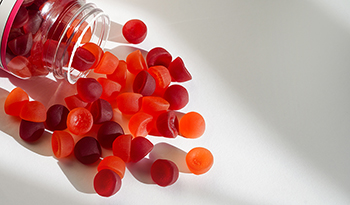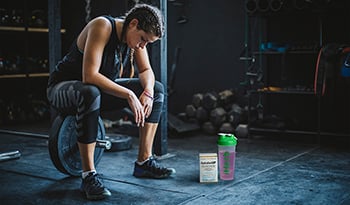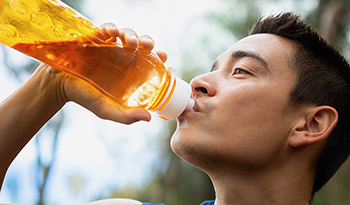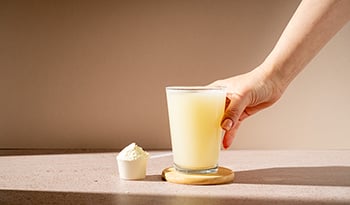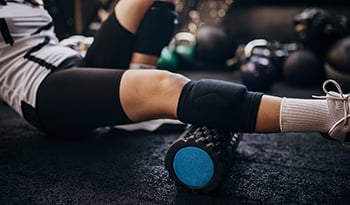How to Reduce Delayed Onset Muscle Soreness with Nutrition
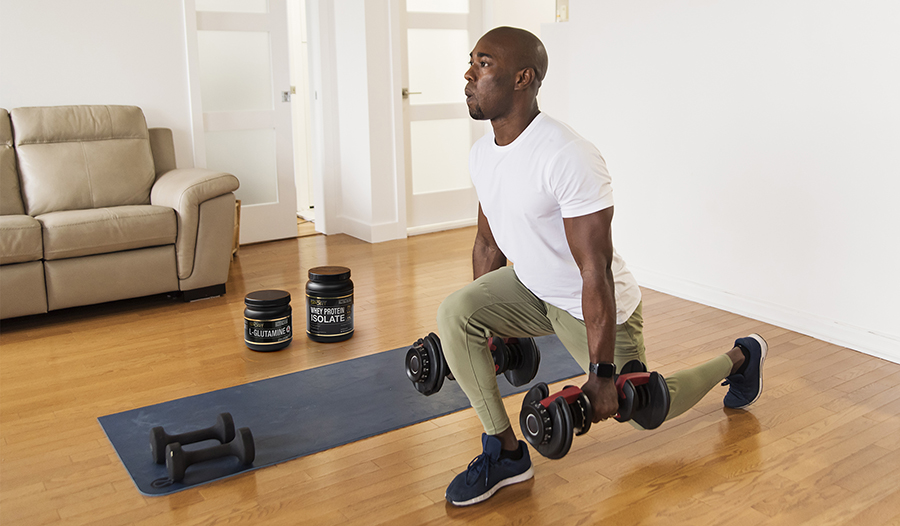
What Is Delayed Onset Muscle Soreness (DOMS)?
If you’re like most of us, you know the cycle—you try a new workout or increase your exertion in your regular workout, then wake up the following day sore in places you never even knew you had muscles.
New movements or repeated eccentric muscle contractions (movements that lengthen the muscle, like hiking down a hill or lowering your arm after a bicep curl) lead to muscle soreness.1
Have you ever wondered why this soreness occurs? Exercise causes small tears in your muscle, which lead to inflammation. This inflammation can result in delayed onset muscle soreness, also known as DOMS.2
DOMS generally occurs one to two days after exercise. While DOMS isn’t harmful—it’s a natural symptom of your muscles adapting to new exercise and building strength—it can temporarily decrease exercise performance, muscle strength, and range of motion and causes pain and discomfort.1
We’d all love to build strength and endurance without the soreness that comes from pushing our bodies in new ways. Luckily, research is illuminating many nutritional and physical interventions you can use to reduce DOMS, whether you’re an elite athlete or weekend warrior.
This article highlights the most promising research-backed ways to help you reduce soreness after exercise.
Get Enough Protein
Protein is the most essential nutrient for muscular repair and recovery.3 To limit DOMS, make it a priority to consume adequate protein every day.
While the general recommendation for protein intake is 0.8 grams per kilogram of body weight daily, research shows that those of us who engage in strength or resistance training need significantly more—between 1.6 to 2.2 grams of protein per kilogram of body weight daily—to maximize muscle mass and recovery.4
Moreover, research shows that consuming protein once before or after a workout does not affect DOMS. You need to consume protein consistently after every training to lessen workout-related muscle soreness.3
Try to consume at least 20 to 40 grams of protein after your workout for proper muscle recovery.4
If you are having trouble meeting your protein needs, protein powders, shakes, or bars can be great snack options to help ensure you are getting enough protein.
Drink Your Antioxidants
Dark red fruits, like tart cherries, beetroot, and pomegranate, are loaded with polyphenols that have potent antioxidant and anti-inflammatory properties.1 Recent research suggests polyphenol-rich juices from these fruits may help reduce inflammation and improve recovery from intense exercise.1,2
Tart Cherry Juice
Tart cherry juice, specifically from Montmorency cherries, is exceptionally high in polyphenols. Numerous studies suggest drinking 250 to 350mL—about 1 to 1 ½ cups—of tart cherry juice (or 30mL of tart cherry juice concentrate) two times a day for 4 to 5 days before strenuous exercise or 2 to 3 days after exercise can help reduce DOMS.2
Beetroot Juice
Beetroot juice is another extensively studied juice rich in polyphenols that has been shown to reduce DOMS. In studies, drinking 125mL—about half a cup—of beetroot juice daily for three days following exercise helped lower DOMS.2 In addition to helping reduce DOMS, beetroot juice may also help improve blood pressure control, vascular function, and kidney health.2
Pomegranate Juice
Yet another dark red, polyphenol-rich juice, pomegranate juice may help reduce DOMS. In studies, drinking pomegranate juice twice daily for nine days before exercise has been shown to effectively decrease DOMS.1
Attenuating Acids
Omega-3 Fatty Acids
Omega-3s, the healthy fats found in foods like fatty fish, walnuts, and chia seeds, are involved in many important roles in the body, including energy production, cardiovascular health, and the immune system.5
They also have anti-inflammatory qualities that may help decrease exercise-induced muscle damage (EIMD) and, in turn, reduce DOMS.1 In one study, supplementing with 3g of omega-3s daily helped decrease both EIMD and DOMS.6
There are three main omega-3 fatty acids—alpha-linolenic (ALA), docosahexaenoic (DHA), and eicosapentaenoic acid (EPA). ALA is an essential fatty acid, meaning the body cannot make it on its own. While our bodies can convert ALA into EPA and DHA, the conversion is limited.
Because of this, we must consume EPA and DHA through the foods we eat or dietary supplements to meet our bodies’ needs for this essential fatty acid. Since many of us do not get adequate omega-3 fatty acids from our diets, often a supplement is recommended.
L-Glutamine
Research suggests L-glutamine, a nonessential amino acid, may help lessen DOMS by aiding muscle damage repair.7 In studies, 5g of L-glutamine taken twice a day, or 0.1g per kilogram of body weight taken once a day, three times per week helped reduce DOMS.7,8
Taurine
Taurine, an amino acid naturally occurring in muscle, may help lessen DOMS by reducing oxidative stress.2
In one study, 50mg of taurine taken daily for three weeks prior to exercise and for one week after exercise caused a significant reduction in DOMS.9
Another study found that 2g of taurine paired with 3.2g of branched-chain amino acids (BCAAs) taken three times daily for 18 days prior to exercise significantly reduced DOMS. BCAAs are a group of three essential amino acids—valine, leucine, and isoleucine—that may promote muscle recovery, which can help reduce the occurrence of DOMS after exercise.11
Supplements for Muscle Soreness
Curcumin
Curcumin is a polyphenol found in the bright orange spice turmeric. Its powerful anti-inflammatory and antioxidant properties have been shown to reduce pain sensitivity in acute and chronic pain, making it an excellent supplement to help ease DOMS.2
Quercetin
Quercetin is a yellow plant pigment in green tea, onions, apples, and dark green vegetables. It contains anti-inflammatory and antioxidant properties that may help reduce the inflammation and pain associated with DOMS.1
Keep Caffeinated
By now, it is well established that caffeine improves athletic performance. But many gym-goers will be happy to hear that caffeine intake may also help decrease DOMS.1,12
Caffeine blocks adenosine receptors, which can help lessen DOMS by deactivating the central nervous system. Taking 5mg of caffeine per kilogram of body weight daily about one hour before your workout can help increase athletic performance and may reduce DOMS.1,12
Physical Techniques
Beyond nutrition, there are many physical ways to help decrease muscle soreness. Compression garments, massage, and water immersion (i.e., Cryotherapy) following exercise are all effective physical recovery techniques that may help alleviate DOMS.13
Of all these methods, massage appears to be the most effective. DOMS is caused by microtears in muscle tissue. The increased blood flow from a massage may help reduce inflammation from exercise-induced muscle damage.
A 20- to 30-minute massage within two hours after exercise may effectively ease DOMS 24 hours after your workout.13 Use this as an excuse to treat yourself to a nice massage!
Rest and Repeat
While muscle soreness can feel uncomfortable, DOMS is a normal byproduct of your body building strength and adapting to new ways of exertion. If soreness is severe and exercise is too painful, take a rest day and let your body recover. However, if the soreness is mild, continue training.14
To reduce discomfort from DOMS, avoid training the same muscle groups day after day. Give your muscles time to recover and repair themselves for optimal exercise performance.
The American College of Sports Medicine (ACSM) recommends moderate-intensity aerobic physical activity for at least 30 minutes five days a week or vigorous-intensity aerobic activity for at least 20 minutes three days a week.15
To avoid severe muscle soreness when first beginning exercise or getting back into exercising, the ACSM recommends that you progress slowly and give your body two to three days of rest before repeating the same exercise to allow for proper muscle recovery and growth. Always take time to warm up and cool down.14 These rest days still apply even if you are an advanced athlete!
By giving your body time to recover and trying some nutritional and physical interventions to help lessen DOMS, you won’t have to suffer from muscle soreness or let it deter you from exercising.
References:
- Kim J, Lee J. A review of nutritional intervention on delayed onset muscle soreness. Part I. J Exerc Rehabil. 2014;10(6):349-356. Published 2014 Dec 31. doi:10.12965/jer.140179
- Tanabe Y, Fujii N, Suzuki K. Dietary Supplementation for Attenuating Exercise-Induced Muscle Damage and Delayed-Onset Muscle Soreness in Humans. Nutrients. 2021;14(1):70. Published 2021 Dec 24. doi:10.3390/nu14010070
- Pasiakos SM, Lieberman HR, McLellan TM. Effects of protein supplements on muscle damage, soreness and recovery of muscle function and physical performance: a systematic review. Sports Med. 2014 May;44(5):655-70. doi: 10.1007/s40279-013-0137-7.
- Stokes T, Hector AJ, Morton RW, McGlory C, Phillips SM. Recent Perspectives Regarding the Role of Dietary Protein for the Promotion of Muscle Hypertrophy with Resistance Exercise Training. Nutrients. 2018;10(2):180. Published 2018 Feb 7. doi:10.3390/nu10020180
- Office of dietary supplements - omega-3 fatty acids. NIH Office of Dietary Supplements. https://ods.od.nih.gov/factsheets/Omega3FattyAcids-HealthProfessional/. Published June 2, 2022. Accessed June 3, 2022.
- Kyriakidou Y, Wood C, Ferrier C, Dolci A, Elliott B. The effect of Omega-3 polyunsaturated fatty acid supplementation on exercise-induced muscle damage. J Int Soc Sports Nutr. 2021 Jan 13;18(1):9. doi: 10.1186/s12970-020-00405-1.
- Tajari SN, Rezaee M, Gheidi N, Assessment of the effect of L-glutamine supplementation on DOMS British Journal of Sports Medicine 2010;44:i43.
- Rahmani Nia F, Farzaneh E, Damirchi A, Shamsi Majlan A. Effect of L-glutamine supplementation on electromyographic activity of the quadriceps muscle injured by eccentric exercise. Iran J Basic Med Sci. 2013;16(6):808-812.
- da Silva LA, Tromm CB, Bom KF, Mariano I, Pozzi B, da Rosa GL, Tuon T, da Luz G, Vuolo F, Petronilho F, Cassiano W, De Souza CT, Pinho RA. Effects of taurine supplementation following eccentric exercise in young adults. Appl Physiol Nutr Metab. 2014;39:101–104.
- Ra SG, Miyazaki T, Ishikura K, Nagayama H, Komine S, Nakata Y, Maeda S, Matsuzaki Y, Ohmori H. Combined effect of branched-chain amino acids and taurine supplementation on delayed onset muscle soreness and muscle damage in high-intensity eccentric exercise. J Int Soc Sports Nutr. 2013;10:51
- Weber MG, Dias SS, de Angelis TR, Fernandes EV, Bernardes AG, Milanez VF, Jussiani EI, de Paula Ramos S. The use of BCAA to decrease delayed-onset muscle soreness after a single bout of exercise: a systematic review and meta-analysis. Amino Acids. 2021 Nov;53(11):1663-1678. doi: 10.1007/s00726-021-03089-2. Epub 2021 Oct 20. PMID: 34669012.
- Guest, N.S., VanDusseldorp, T.A., Nelson, M.T. et al. International society of sports nutrition position stand: caffeine and exercise performance. J Int Soc Sports Nutr 18, 1 (2021). https://doi.org/10.1186/s12970-020-00383-4
- Dupuy O, Douzi W, Theurot D, Bosquet L, Dugué B. An Evidence-Based Approach for Choosing Post-exercise Recovery Techniques to Reduce Markers of Muscle Damage, Soreness, Fatigue, and Inflammation: A Systematic Review With Meta-Analysis. Front Physiol. 2018 Apr 26;9:403. doi: 10.3389/fphys.2018.00403
- DeSimone, Grace T. B.A. Shareable Resoruce, ACSM’s Health and Fitness Journal: May/June 2017, Volume 21, Issue 3, p. 5. Doi: 10.1249/FIT.0000000000000287
- Physical activity guidelines resources. ACSM. https://www.acsm.org/education-resources/trending-topics-resources/physical-activity-guidelines. Published 2019. Accessed June 3, 2022.
DISCLAIMER:This Wellness Hub does not intend to provide diagnosis...









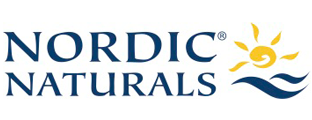
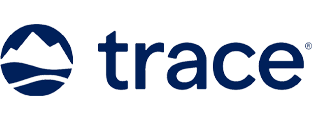







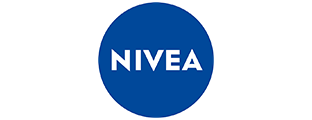










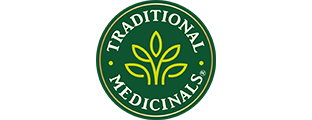


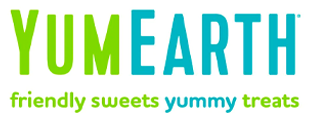








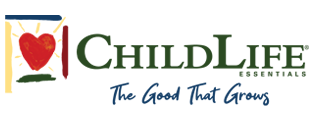



































 Table of Contents
Table of Contents



